Best Hunting Gear for Every Season in the U.S.
 Explore the best hunting gear for every season in the U.S., built on real field experience and tested performance for hunters who live in the outdoors.
Explore the best hunting gear for every season in the U.S., built on real field experience and tested performance for hunters who live in the outdoors.
There’s a certain stillness before dawn that every hunter knows. The air feels heavy, your breath turns to fog, and somewhere out there, the day’s first rustle stirs the woods awake. It’s not the kind of silence you find anywhere else. It’s the quiet that comes before a good hunt.
Truth is, the real work begins long before that moment, before the call echoes or a rifle ever comes to shoulder. It starts in the dark, with a flashlight beam cutting across gear laid out on the tailgate: boots, pack, base layers, jacket. Every piece has a job to do.
Over the years, Hillman USA has learned that good gear isn’t built from guesswork or glossy catalogs. It’s shaped by the field, by mornings so cold your fingers ache before you zip up your jacket, by afternoons spent packing out through mud, and by that fine balance between comfort and grit.
Hunters across America know the challenge. One week it’s frost on the grass in Minnesota, the next it’s rain in a duck blind down in Arkansas. The gear that gets you through both doesn’t happen by accident. It’s built layer by layer, tested, torn, fixed, and tested again.
At Hillman, we live that process. Our team spends seasons in every corner of the country, learning how fabric behaves when the weather turns, how seams flex when you crawl, and how boots feel after miles of uneven ground. The goal is simple: build hunting gear that doesn’t quit when conditions do.
That’s what this guide is about, real-world hunting gear, tuned for every season across the U.S., drawn from field experience, not theory. Because when the first light hits and the ground’s still frozen solid, what you’re wearing matters more than most people think.
Base Layers & Moisture Management for Every Hunt: Staying Dry When It Matters Most
 Funny thing about hunting, you don’t really think about sweat until it turns to ice. One minute you’re hiking in, heart rate up, layers zipped. Next, you stop at a glass ridge, and that same heat starts stealing your warmth from the inside out. That’s where base layers come in.
Funny thing about hunting, you don’t really think about sweat until it turns to ice. One minute you’re hiking in, heart rate up, layers zipped. Next, you stop at a glass ridge, and that same heat starts stealing your warmth from the inside out. That’s where base layers come in.
Most new hunters focus on jackets or boots first. But the real comfort starts with what’s closest to your skin. Moisture management is everything. Once you get damp and the air cools, it’s game over for warmth and focus.
The rule’s simple: stay dry to stay warm. Cotton doesn’t help: it soaks, clings, and chills. That’s why experienced hunters reach for synthetic or merino blends that wick sweat away and dry fast. Merino wool has a natural knack for handling temperature swings and cutting down on odor, which helps during deer hunting when scent control is half the battle. Synthetics, on the other hand, shine when the pace picks up, backpack hunting through high country or climbing up to a tree stand before sunrise.
At Hillman USA, we’ve spent years testing base layers in every corner of the country. High humidity in the South, wind chills that’ll bite through denim in the North, even those in-between fall days when you’re never sure whether to pack light or heavy. What we found is that no single fabric wins every time. It’s about balance and layering.
A good base layer should fit tight but not restrictive, snug enough to move moisture, loose enough to breathe. Lightweight options work best for mild weather or when you’re moving a lot. For late-season hunts, start with a thin synthetic layer and add a second merino top for warmth that won’t trap sweat. It’s a combination that many Hillman testers swear by after days in the cold.
You’ll notice it most when you stop moving. Sit still for twenty minutes in a blind or a frosty field, and you’ll feel whether your layers are working. The right setup keeps that steady warmth in, no matter how the weather turns.
Truth is, nobody talks much about base layers around the fire after a hunt, but they’re the quiet heroes. If your core stays dry, the rest of your system works. Miss that step, and even the best jacket won’t save you.
Insulation, Hunting Jackets, Pants & Hunting Socks for Real Conditions
There’s a rhythm to dressing for a hunt. You don’t just throw things on and hope they work; you build a system. Each layer has a job, and when it’s done right, the whole setup moves like a second skin. Hillman’s team has chased elk in snowstorms, sat motionless in wind-cut fields, and hiked miles through wet timber just to test how every piece holds up.
Truth is, insulation isn’t about piling on warmth; it’s about controlling it. The best insulation keeps heat where you need it and lets it go when you don’t. When you’re climbing into a tree stand before dawn, you want your body heat to build slowly, not suffocate under heavy bulk. That’s why most seasoned hunters prefer mid-weight synthetic fills or smart down alternatives that trap warmth but still breathe.
Hillman’s outerwear takes that principle to the next level with body-mapped insulation zones, thicker at the chest and core, lighter under the arms and back. You feel steady warmth without losing freedom to move. It’s the difference between climbing a ridge comfortably or sweating halfway up and freezing the rest of the day.
Then comes the hunting jacket, the piece that takes the real beating. It’s the barrier between you and everything the field throws at you: rain, sleet, brush, and the cold that cuts straight through an untested fabric. The best jackets aren’t flashy. They’re quiet when you draw or shoulder your rifle, flexible enough to crawl through a ground blind, and tough enough to last more than one hard season.
Waterproofing matters, but noise control matters more. The brush doesn’t forgive crunchy fabric. Hillman engineers spent entire days belly-crawling through wet grass to test sound levels in real field scenarios. The results led to soft-shell exteriors with a durable water-repellent finish that sheds rain but stays silent. Inside, brushed linings cut down on chill without adding stiffness.
For pants, mobility is king. You bend, kneel, climb, and crawl; your gear has to follow along. Hillman’s field testers found that articulated knees and stretch panels make more difference than most people realize. A pair of pants that move naturally can keep you in the game hours longer than something that binds and rubs.
And let’s talk about the one piece most folks overlook, socks. They sound simple until you spend a twelve-hour day with wet feet. The wrong pair can ruin your focus faster than the weather ever could. You want hunting socks that wick moisture, fit snug around the arch, and hold shape after miles of wear. Merino or synthetic blends work best, depending on the season. Pair them with properly fitted hunting boots, and you’ll stay steady even when the terrain fights back.
When the temperatures dip, layering becomes less about fashion and more about survival. Start with that moisture-wicking base, add insulation that traps heat without sweat, and top it with a quiet, waterproof shell. The goal isn’t to feel warm at the truck, it’s to stay warm six hours later when you’re glassing a ridgeline or waiting out a wary buck.
Hillman calls it “functional layering”, not a trend, but a philosophy built from years of frostbitten fingers, soaked packs, and long mornings that turned into lessons. Every layer should earn its place, and if it doesn’t, it doesn’t belong in the lineup.
Because once you’re miles out and the weather turns, you can’t fake preparedness. The gear either works or it doesn’t.
Hunting Boots, Terrain & Real-World Mobility
 Every hunter remembers the day they realized just how much a bad pair of boots can ruin a hunt. It usually starts small, a little rub on the heel, a damp spot you try to ignore, and ends with cold, aching feet and a long walk back to the truck. You don’t forget that lesson.
Every hunter remembers the day they realized just how much a bad pair of boots can ruin a hunt. It usually starts small, a little rub on the heel, a damp spot you try to ignore, and ends with cold, aching feet and a long walk back to the truck. You don’t forget that lesson.
In the field, your boots aren’t just another piece of gear; they’re the foundation. The ground in America changes from fast frozen soil in Montana, knee-deep mud in Mississippi, to sharp shale in Colorado. If your footwear isn’t built for where you hunt, you’ll feel it by midday.
At Hillman USA, every new design hits the dirt before it ever reaches a store. We’ve dragged prototypes through swamp water, corn stubble, river ice, and desert dust just to see where they’ll give. Some do. Most don’t. The keepers become part of the Hillman lineup.
Waterproofing sounds obvious until you’ve spent six hours in a flooded blind. The trick is keeping water out while letting sweat escape. The best membranes breathe quietly, with no stiffness, no squeak, so your step stays silent. Insulation plays the next role. In early fall, you can move light with 200–400 grams. But once the frost hits or you’re sitting still for deer in December, 800 grams is your friend. Go lighter and you’ll regret it fast.
Boot fit is more personal than people think. Too tight, and your toes freeze. Too loose, and blisters bloom before noon. Most Hillman testers try boots with the same hunting socks they’ll wear in the field, usually a medium merino blend that wicks and cushions. That combination keeps feet dry when you’re walking hard and warm when you’re waiting still.
There’s one small detail that seasoned hunters swear by: the midsole. It’s that thin layer between your footbed and the ground. It decides how your legs feel after ten miles on uneven terrain. A firm midsole gives you stability on steep climbs; softer cushioning helps when you’re trudging through marsh or cornfields. It’s not something you notice right away; you notice it when it’s wrong.
And every region teaches its own lessons. Down South, hunters like lightweight lace-ups that dry overnight. In the North, it’s tall rubber boots built for snow and standing water. Out West, backpack hunters chase elk with stiff soles and ankle support that’ll save your knees by mile five. Some wear gaiters to block scree and melting snow. All swear by one thing: dry feet mean longer hunts.
But gear isn’t just about boots. It’s about movement. Climbing, kneeling, sitting, your clothes have to bend with you, not fight back. That’s why Hillman builds its pants and jackets with stretch panels and quiet fabric that won’t betray you in the brush. Hunters call it comfort; engineers call it functional range of motion. Either way, it works.
There’s a certain peace when your gear disappears, when you stop thinking about your boots, your layers, your pack, and just focus on the wind and the moment. That’s how you know your setup’s right. The rest of the world fades, and it’s just you, the ground, and the hunt.
Camo Patterns, Duck Blinds, Blaze Orange & Specialized Hunting Gear
 Camo isn’t about looking cool. It’s about not being seen, and that’s a lesson every hunter learns sooner or later. The right pattern isn’t just about color; it’s contrast, texture, and how light plays through branches or grass at different hours. You can have the most advanced rifle on the market, but if your jacket flashes against the morning light, that deer’s gone before you even spot it.
Camo isn’t about looking cool. It’s about not being seen, and that’s a lesson every hunter learns sooner or later. The right pattern isn’t just about color; it’s contrast, texture, and how light plays through branches or grass at different hours. You can have the most advanced rifle on the market, but if your jacket flashes against the morning light, that deer’s gone before you even spot it.
The United States doesn’t offer one universal environment. That’s part of what makes hunting here so special, and so challenging. A camo pattern that melts perfectly into a maple stand in Vermont stands out like a flag in a Kansas field. Down South, humidity adds its own test: fabrics get heavier, colors darken, and everything sticks. Hillman’s solution has always been simple: test, adapt, refine.
Our field team runs camo trials every season in real conditions. They set up blinds, check how fabrics move in the wind, and study how sunlight changes throughout the day. It’s part science and part instinct. Over the years, we’ve learned that successful concealment comes down to one principle: blend with the moment, not just the landscape.
That’s why Hillman jackets and pants use naturally broken-up camo patterns with soft, matte finishes. No shine, no rigid lines. The goal is to fade, not to decorate.
Then comes safety. Blaze orange isn’t just a regulation; it’s a form of respect. Hunters owe it to one another to stay visible when it matters. But bright doesn’t have to mean exposed. Brands integrate blaze panels in key areas, on the shoulders, hoods, and vests, visible to other hunters yet softened in shape when viewed from the animal's eye level. It’s a careful balance between tradition and survival, and that balance is exactly what defines a good hunt.
Waterfowl Hunting: Wet, Cold, and Relentless
Waterfowl hunting is its own world. You’re cold before the first decoy’s set. You kneel in water, brush mud off your gloves, and try not to think about how long you’ve been sitting still. Gear for that kind of hunt needs to earn its keep.
Hillman’s waterfowl systems are built for motionless endurance, with waterproof shells, taped seams, and cuffs that seal against icy spray. Breathability matters even more. If moisture gets trapped inside, you’ll chill faster than the ducks come in. Our field testers spend days in flooded duck blinds, testing zippers, hoods, and fabric noise when it’s soaked. Every small detail gets logged, fixed, and tested again in real conditions.
When you’ve got a dozen geese flying low over the marsh, the last thing you should worry about is whether your jacket is leaking.
Deer Hunting & Big Game: Patience, Silence & Field Skill
Whitetail hunters know silence like a second language. Everything about deer hunting revolves around waiting: the long hours in a tree stand, the still air, the sound of a twig that feels like thunder when it breaks. Your gear has to move quietly and fit close.
Hillman’s mid-season jackets use brushed exteriors and high-quality materials that dampen friction. Seams are placed off-center so they don’t rub under harness straps. Small things matter, and over time, they make a big difference.
For big game hunts out West, it’s a different rhythm. You’re hiking, climbing, scanning ridges. Every ounce in your backpack hunting setup counts. Hillman packs use frame systems that spread weight across the hips, not the shoulders, with internal dividers that keep extra gear accessible, including gloves, face masks, and the all-important knife.
Many of our testers talk about balance. Carrying too much, and you lose agility. Carry too little and you end up unprepared. The sweet spot lies somewhere between those extremes, with just enough to handle the mountain and light enough to stay fluid.
Ground Blinds, Tree Stands & Gear Built for Real Conditions
If there’s one philosophy that drives Hillman USA, it’s that gear has to earn trust. The design team works hand in hand with real hunters across every kind of terrain, from icy rivers to sagebrush valleys. They spend months tweaking gear that already looks “finished” on paper, because paper doesn’t feel cold, wet, or tired.
When we say our gear is field-tested, it’s not marketing talk. It means mud on the knees, frozen zippers thawed with bare hands, and fabric dried beside campfires. It means designing for the real and messy beauty of the hunt, where control is rare and preparation is everything.
Hillman’s Perspective: The Making of Reliable Gear
Every piece of Hillman gear starts the same way: with a problem. Maybe a hunter came back from a mountain trip with frozen knees. Maybe a field tester found that a zipper snagged when crawling under brush. Sometimes it’s something as small as a seam that squeaks when the temperature drops below twenty. Out here, small problems become big fast.
That’s why our process begins where the hunt happens, not in a studio or an office, but in the field. Before a design ever reaches production, it spends weeks, sometimes months, outdoors. Our engineers follow the same paths as the hunters we build for. They climb, crawl, sit for hours in tree stands, and break camp in the dark. Only then do they return with data that actually matters, where the fabric rubbed, where the cold crept in, how the moisture-wicking performed when the air turned dry.
You can’t fake that kind of testing. It takes mud, mistakes, and a few frozen fingers to get it right.
From Design Table to Field Reality
Hillman doesn’t chase trends. The focus is on performance, not popularity. Each design starts with a single question: How does this help a hunter stay out longer and perform better? That question shapes everything, from fabric choice to stitching angles to zipper pulls that can be gripped with cold gloves.
When a prototype is ready, it doesn’t go to a lab. It goes straight to a field tester. We work with hunters across the U.S., from elk guides in Montana to duck callers in Louisiana and whitetail hunters in Wisconsin. Every one of them pushes our gear until it breaks. And when it does, we rebuild it stronger.
That’s the Hillman way, to improve through real use, not theoretical tests.
Durability Isn’t a Feature: It’s a Requirement
Every hunter has a story about gear that failed at the worst moment. Boots that cracked in subzero cold, a pack strap that tore just miles from camp, or gloves that stiffened like boards after a few dunks in icy water. That’s not acceptable for us. Hillman gear is built with high-quality materials, selected through years of trial, feedback, and testing across all four seasons.
We overbuild stress points, double-stitch seams, and field-test every zipper, button, and snap. Sounds obsessive? Maybe. But when you’re four miles from the truck with the temperature dropping, obsessive starts to sound a lot like prepared.
Our testers like to say, “If it survives a Hillman field trial, it’ll survive anything else.” And they mean it. Some tests are brutal. Packs are dragged through coarse brush, soaked overnight, frozen, and then hiked again. Jackets are baked in dust and drowned in rain. Boots are stomped through muck until they either hold up or give up.
The survivors earn their patch.
Made by Hunters, for Hunters
There’s pride in knowing our gear is born from real hands, the same kind that carry rifles, set decoys, and skin game after dark. Many on our team grew up hunting with their families on American farms, learning early what “hard use” really means. That experience never leaves you. It shapes how you design, how you test, and how you judge success.
Hillman’s mission has always been simple: to give hunters the confidence to go further, stay longer, and trust their gear no matter what the season brings.
When the weather turns ugly, and it usually does, your gear isn’t background anymore. It becomes survival.
That’s why we build it the way we do: layer by layer, test by test, mile by mile.
FAQ: Real Questions from the Field
How do I choose the right camo pattern for my area?
Start with your terrain and season. In thick woods or leaf-heavy regions, darker woodland camo blends best. Open plains call for lighter, broken patterns that mirror grass and soil tones. Hillman field testers often adjust by light, not color; shadows and contrast matter more than hue.
What’s the most overlooked piece of hunting gear?
Easy. Socks. Wet or compressed socks ruin comfort faster than anything else. Use moisture-wicking blends, change them between long hunts, and never wear cotton.
How do I stop overheating when hiking to a stand?
Dress cool and pack warm. Start with your base layer and light mid-layer; keep your insulated jacket in your pack until you stop moving. Hillman’s breathable designs make this easier: vents, flexible panels, and quick-access zips are there for a reason.
What’s better for long hunts: synthetic or merino base layers?
Both have their place. Merino regulates heat and handles odor better, great for deer hunting or cold-weather sits. Synthetics dry faster and weigh less, ideal for active backpack hunting. Many hunters combine both for the best of each.
How often should I replace my hunting boots?
Depends on terrain and frequency. On average, every three to five seasons of steady use. If you start to feel cold spots, leaks, or lost tread, that’s your sign. Proper cleaning and drying after each hunt can double that lifespan.
Why does Hillman focus so much on testing instead of marketing?
Because words don’t keep you warm. Testing does. Our gear has to survive real weather, real terrain, and real hunters before it ever earns a logo.
Conclusion: Built for Hunters Who Stay Until the End
Every hunt tells a story. Some are easy, a clean shot, a quick drag, a warm fire after dark. Others test you. You slip on frozen mud, fight wind that cuts through your gloves, and spend hours waiting for movement that never comes. Those are the hunts that teach you what your gear’s really made of.
At Hillman USA, that’s the world we design for the unpredictable, honest world of the field. We don’t build to look good in catalogs; we build for the moments that matter when no one’s watching.
Our goal isn’t to be your only gear, it’s to be your most trusted. The jacket you grab without thinking. The boots that don’t make you check the weather. The base layer always dries faster than expected. Gear that quietly does its job so you can do yours.
From the damp mornings of waterfowl hunting in the Delta to frozen ridges in elk country, Hillman stands behind one idea: performance through experience. We test harder, hunt longer, and design smarter because we’ve lived the same conditions you do.
As the seasons turn and new hunts begin, remember this: it’s not about how much gear you carry, it’s about how much you can count on.
Explore the Hillman USA range of hunting gear built for real conditions, tested by real hunters, and trusted across America.













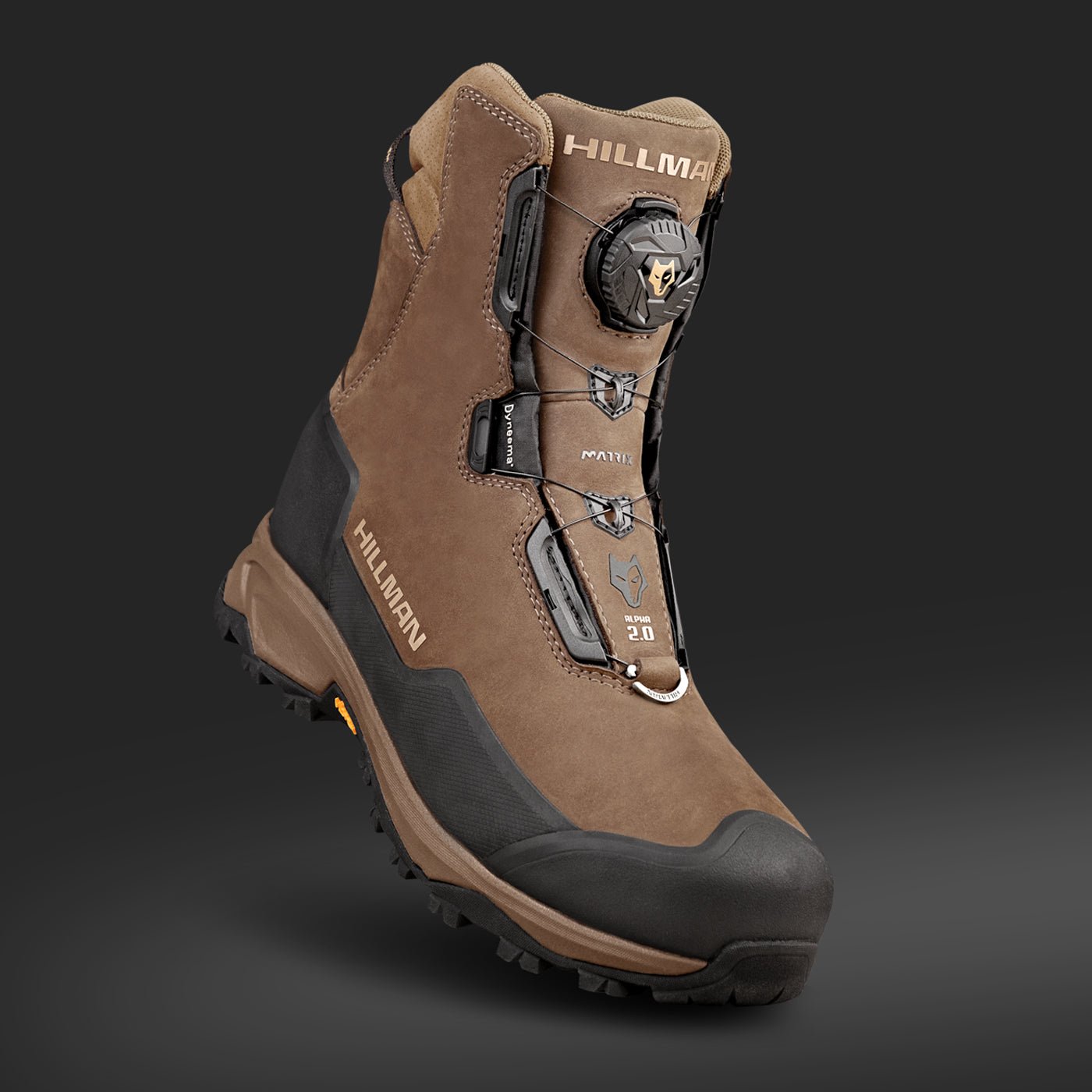
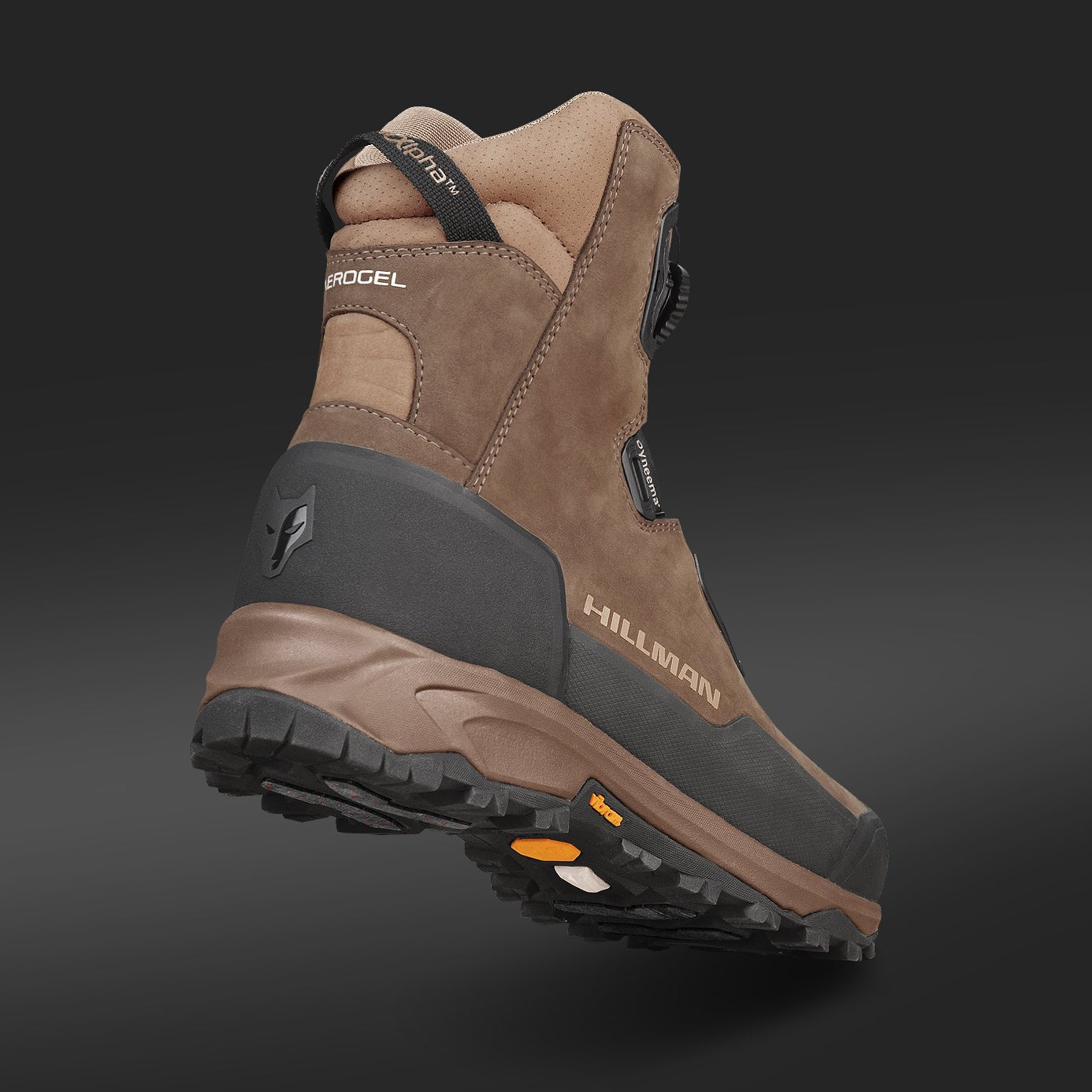
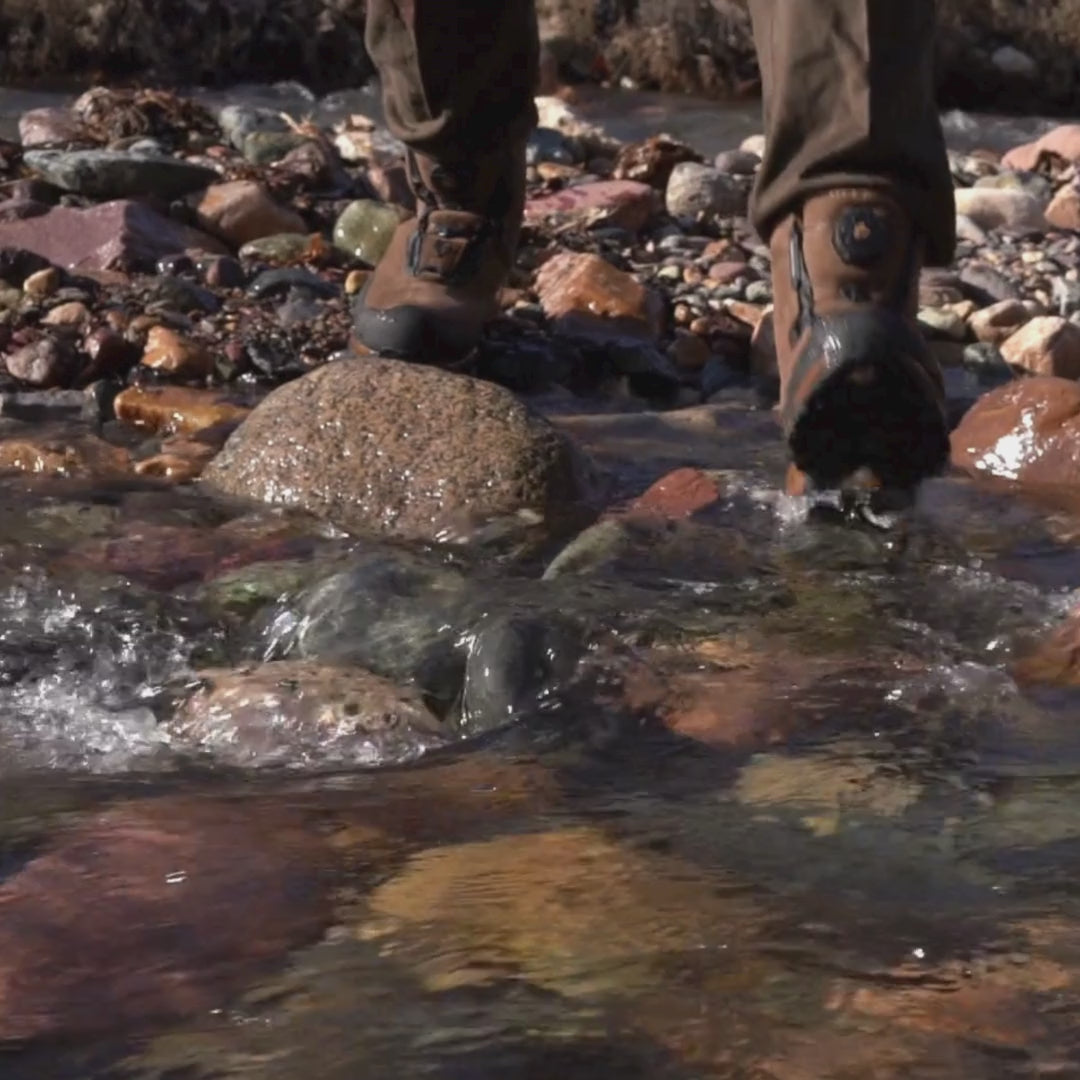


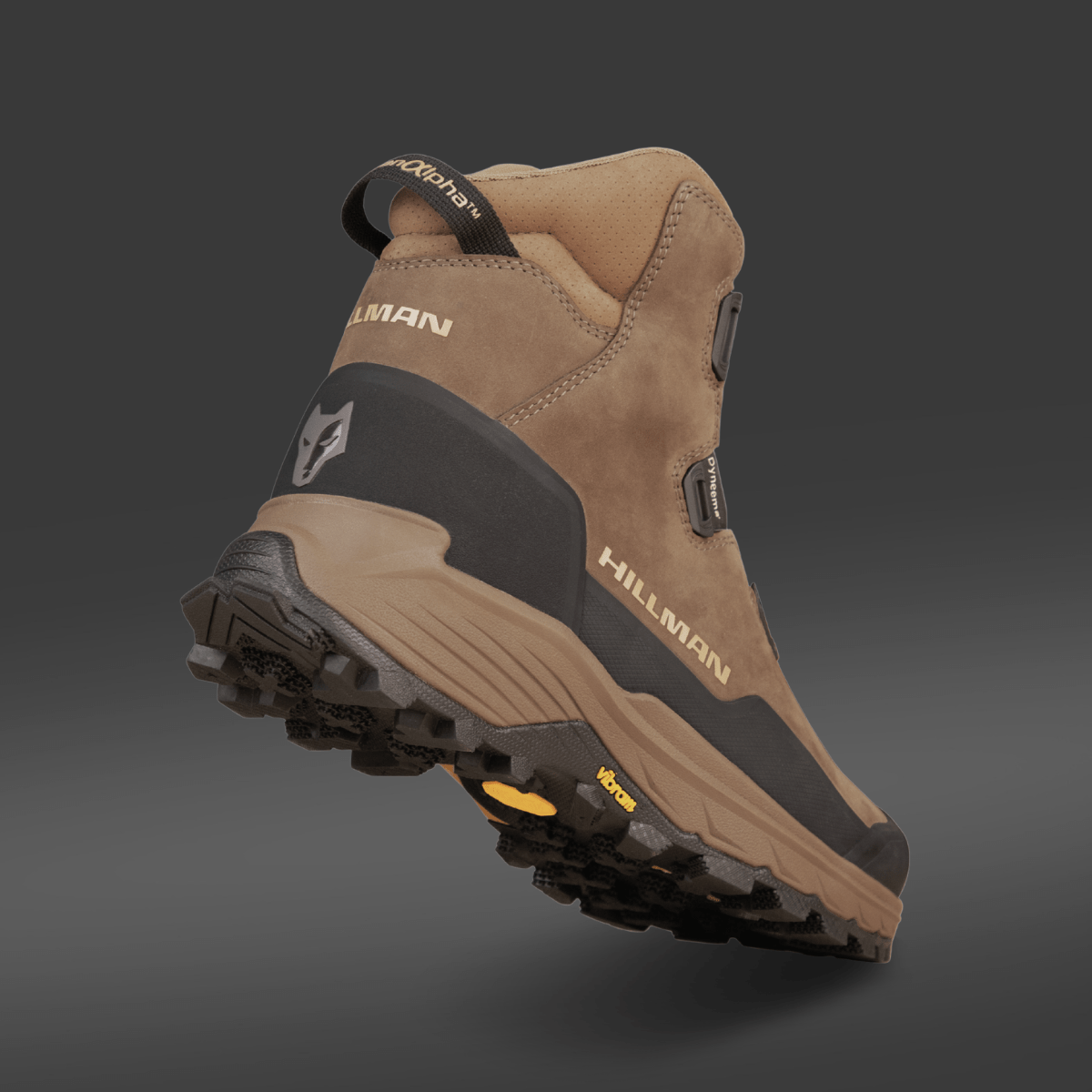

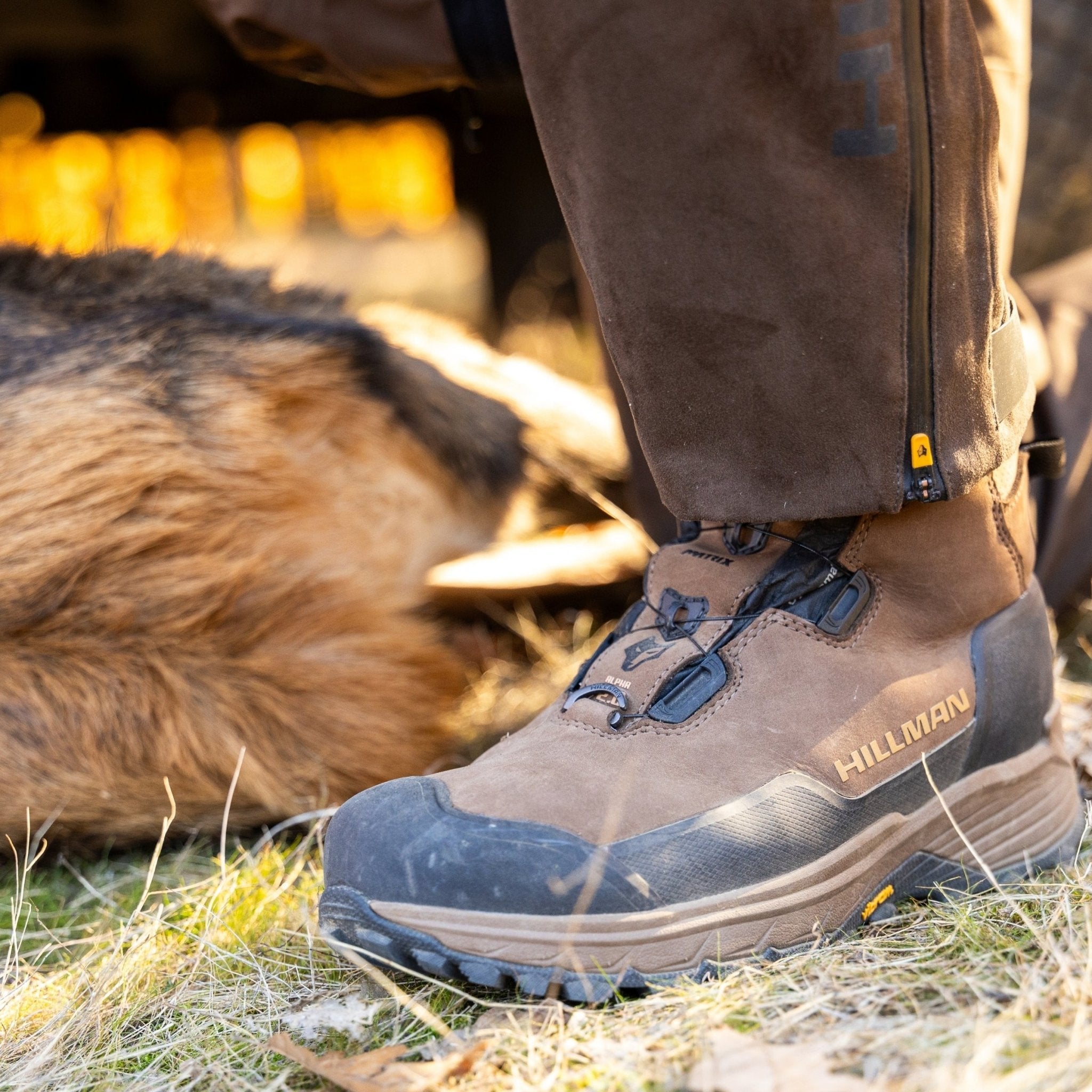

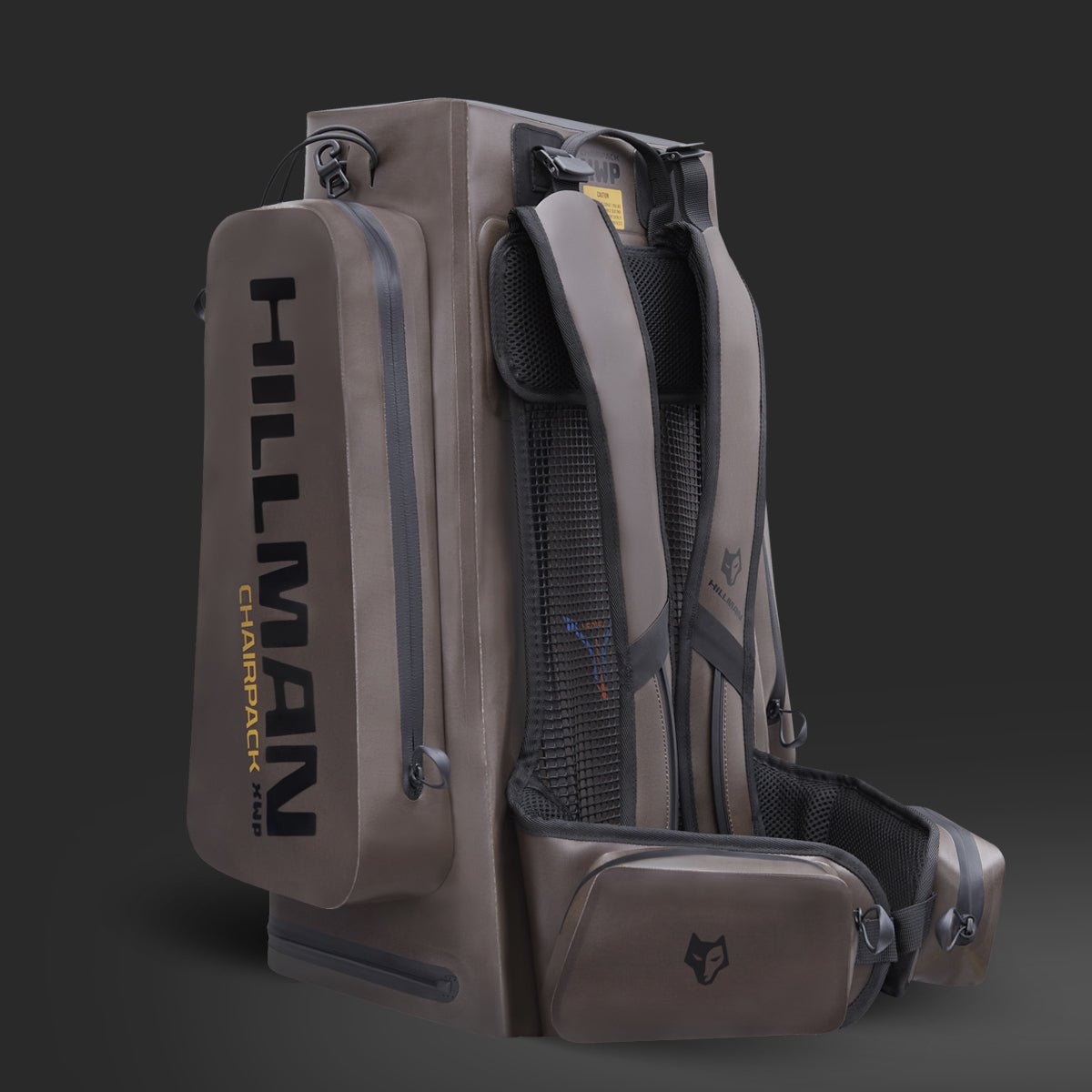
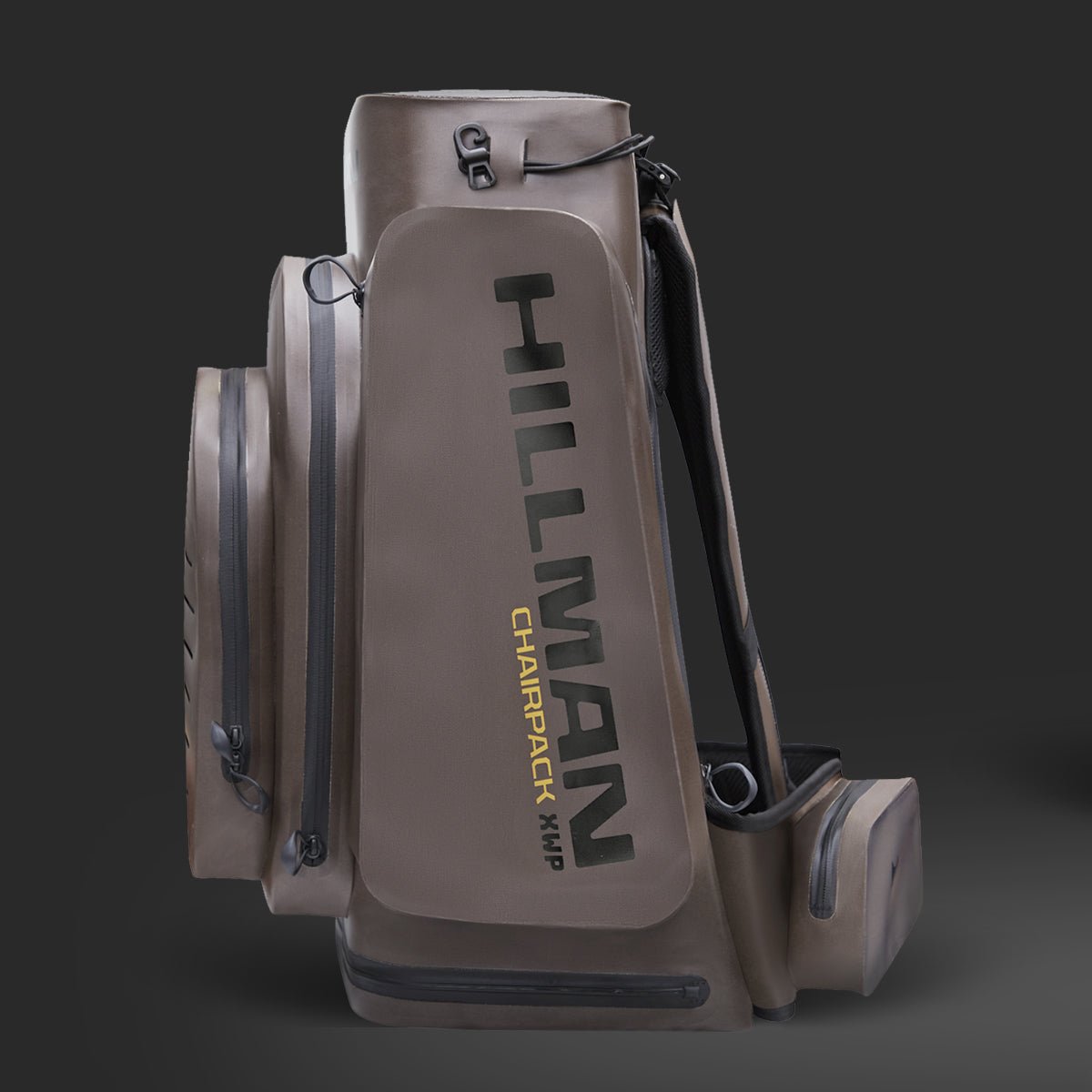

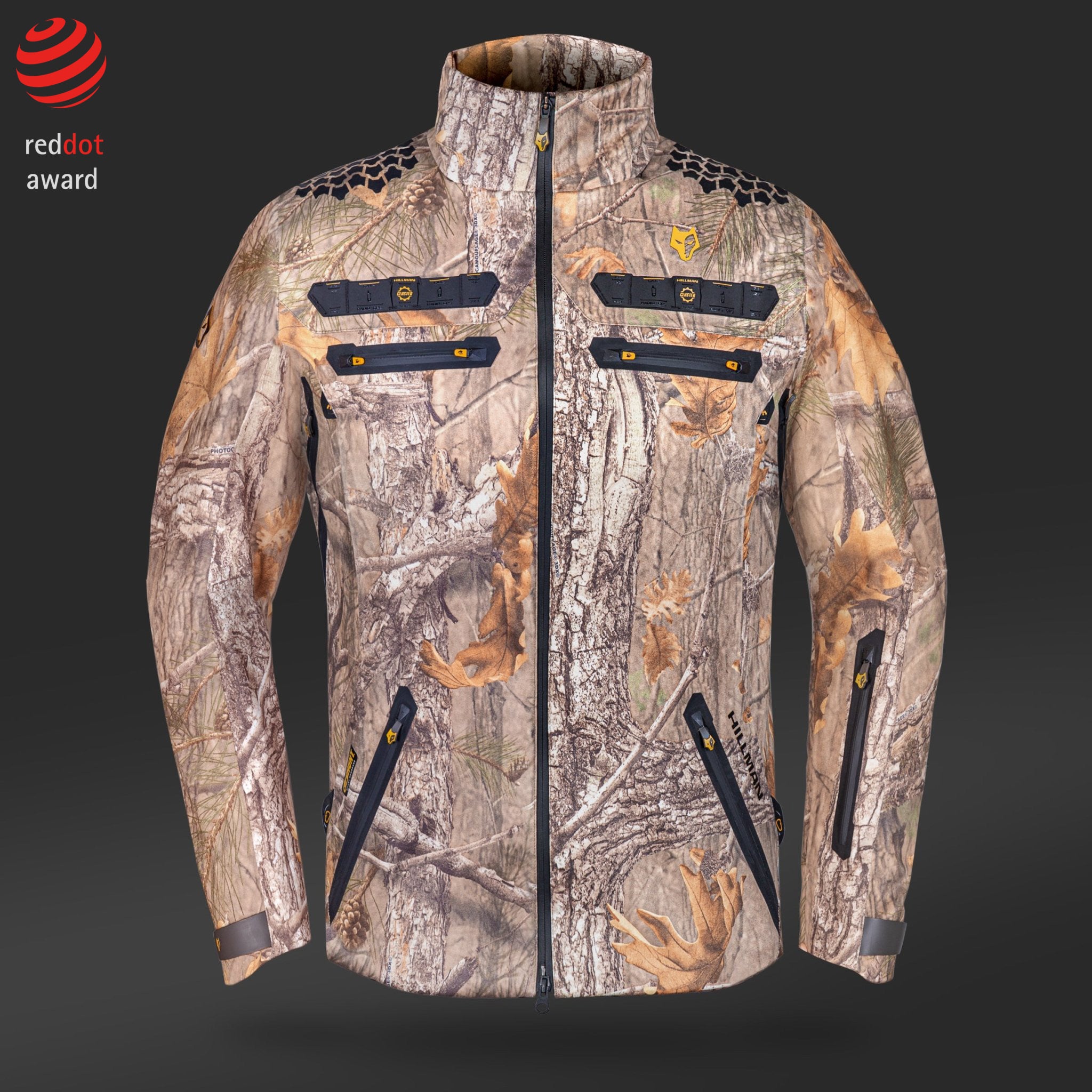
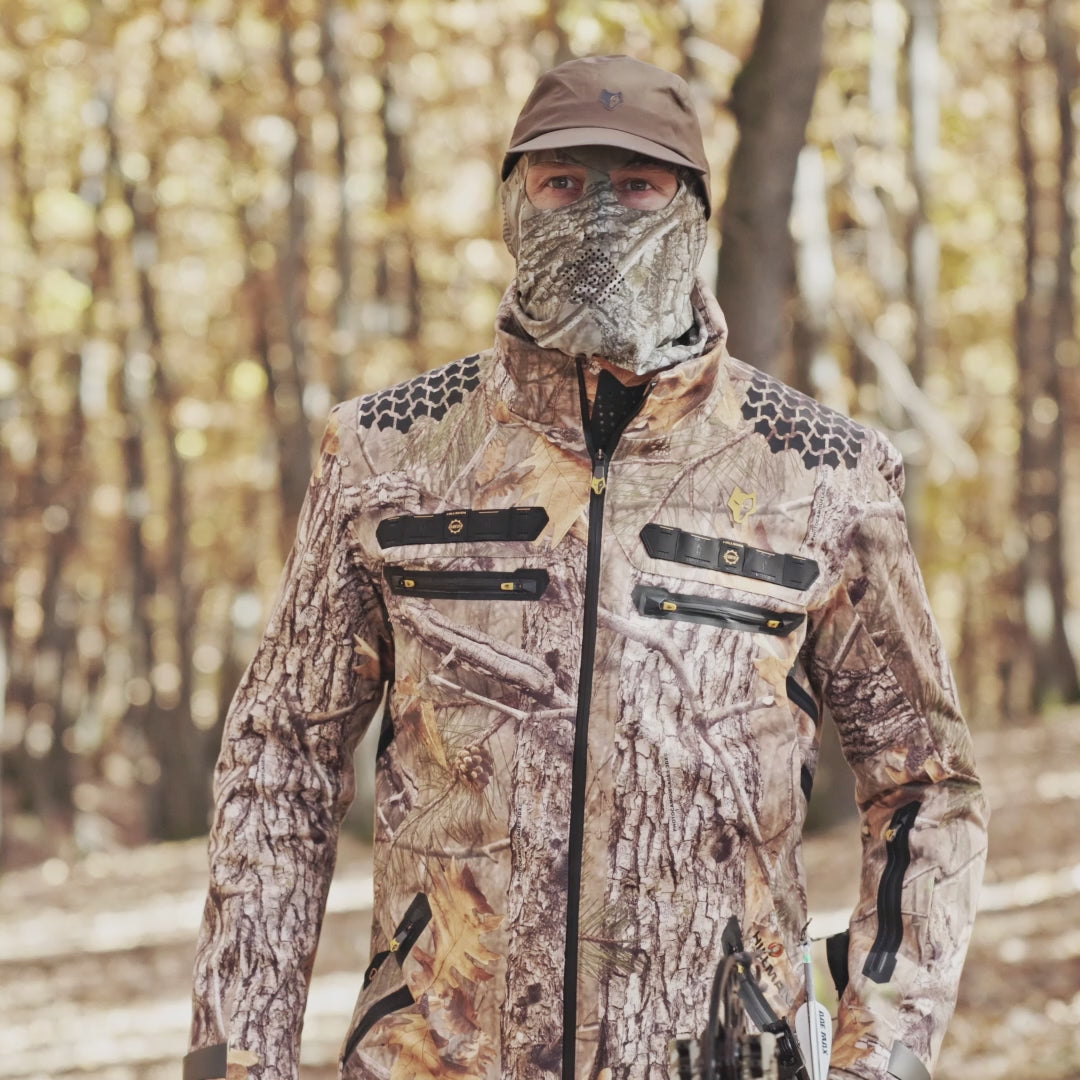
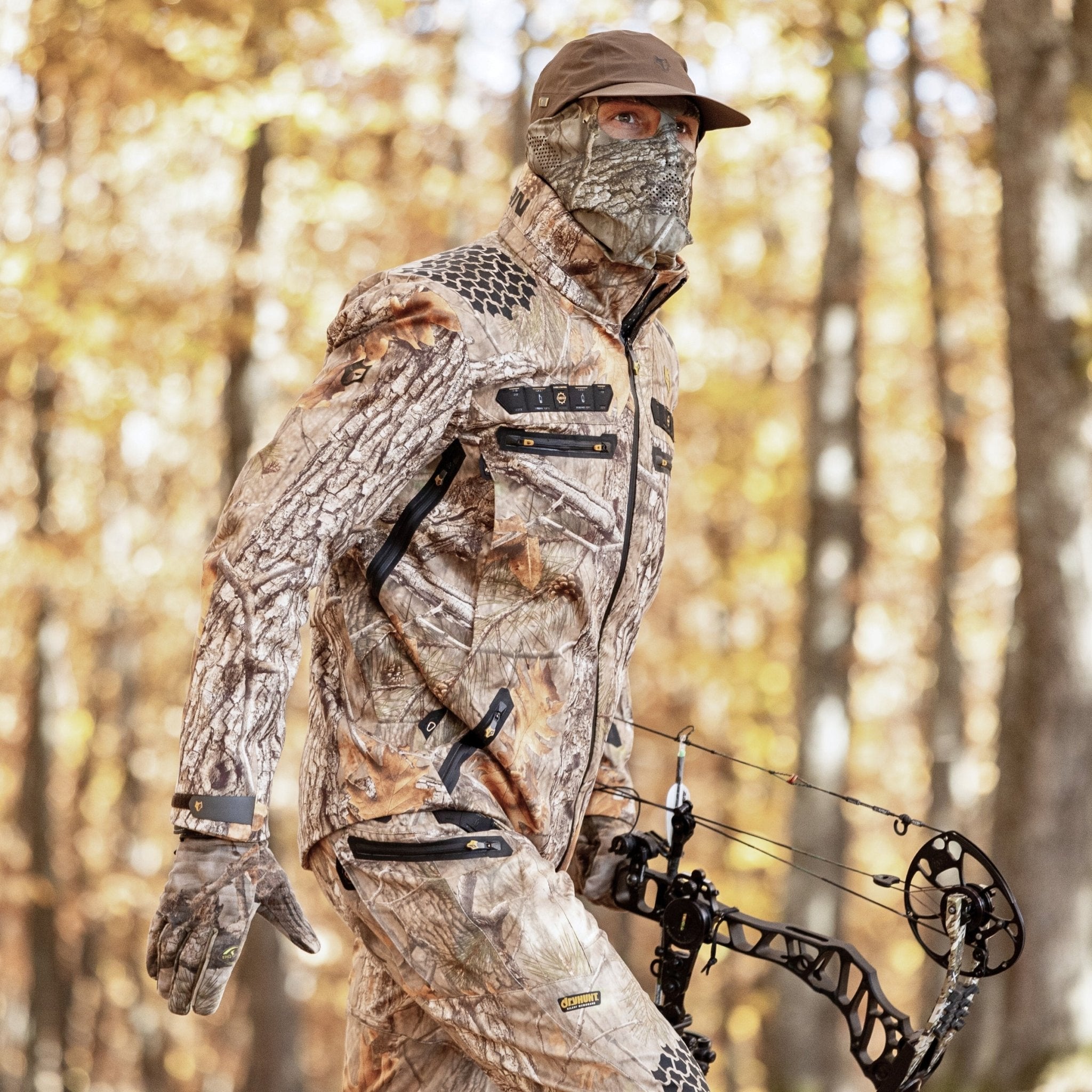
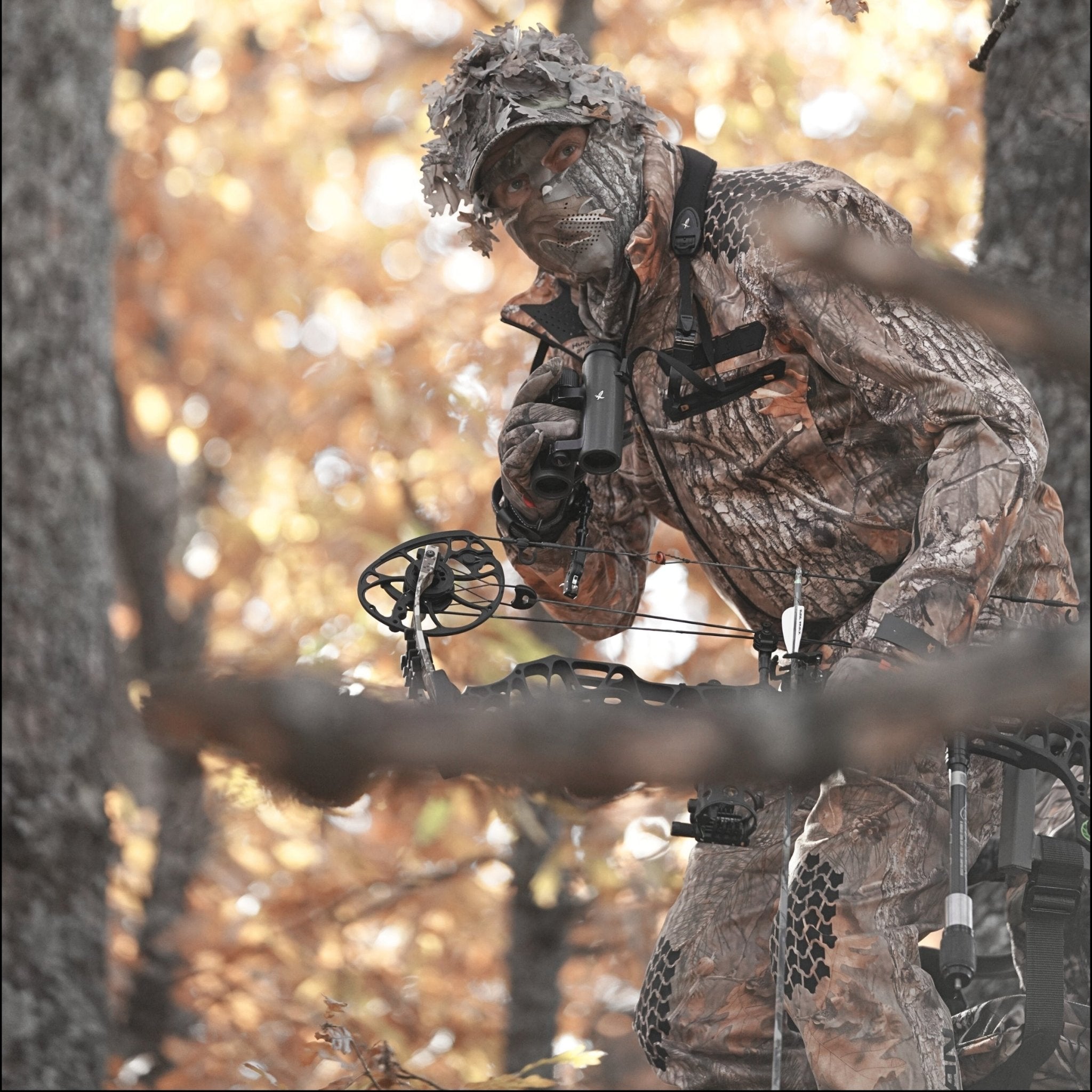
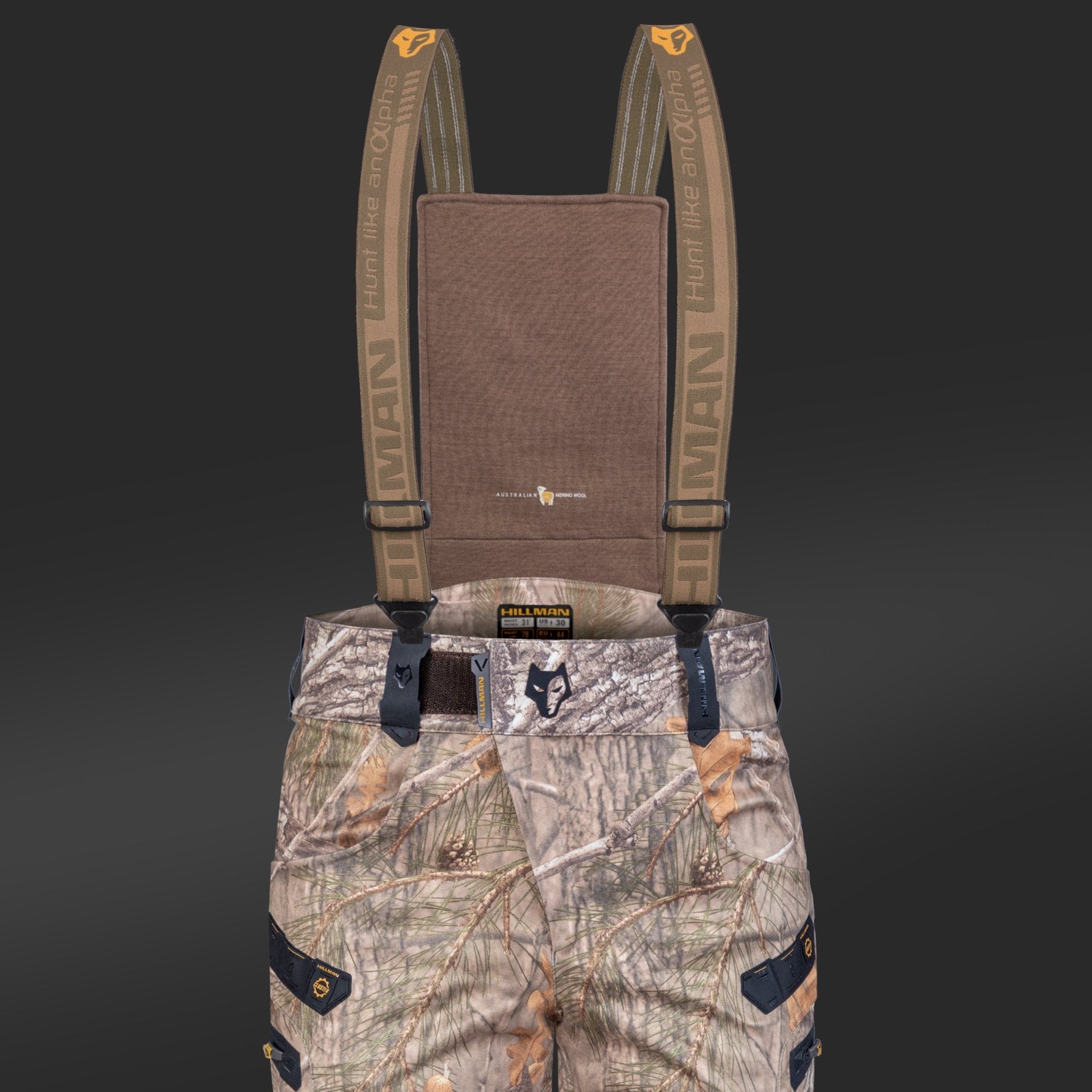
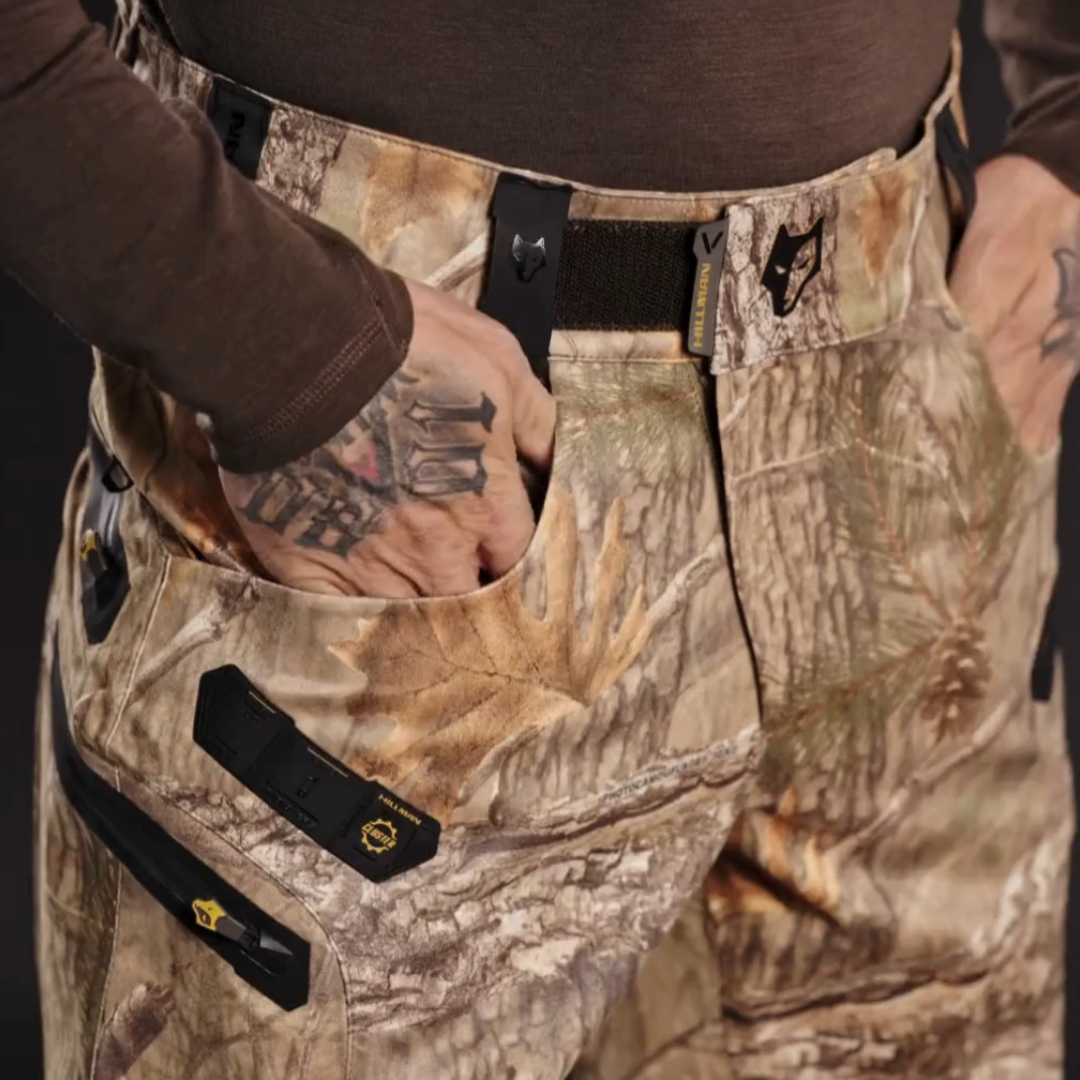






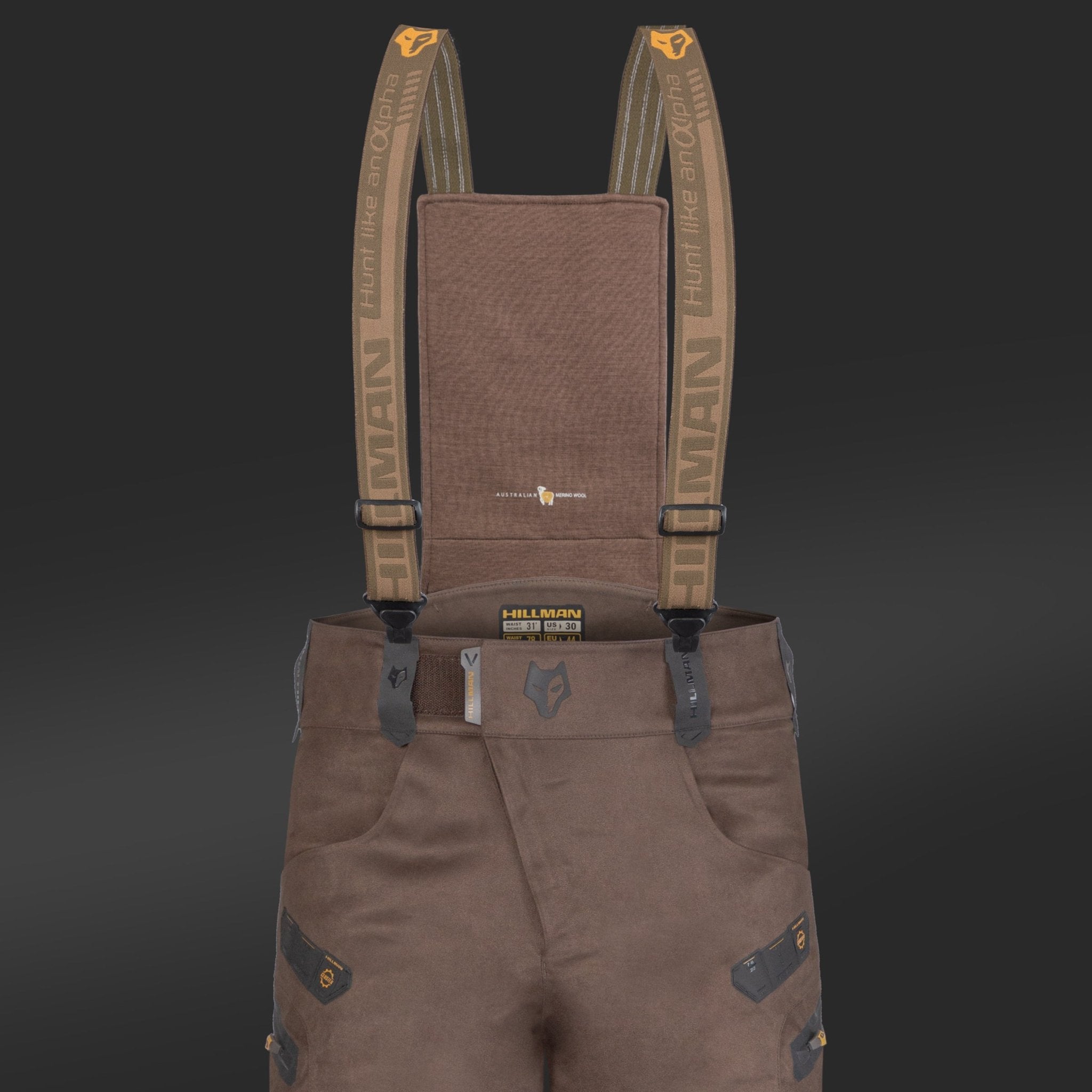

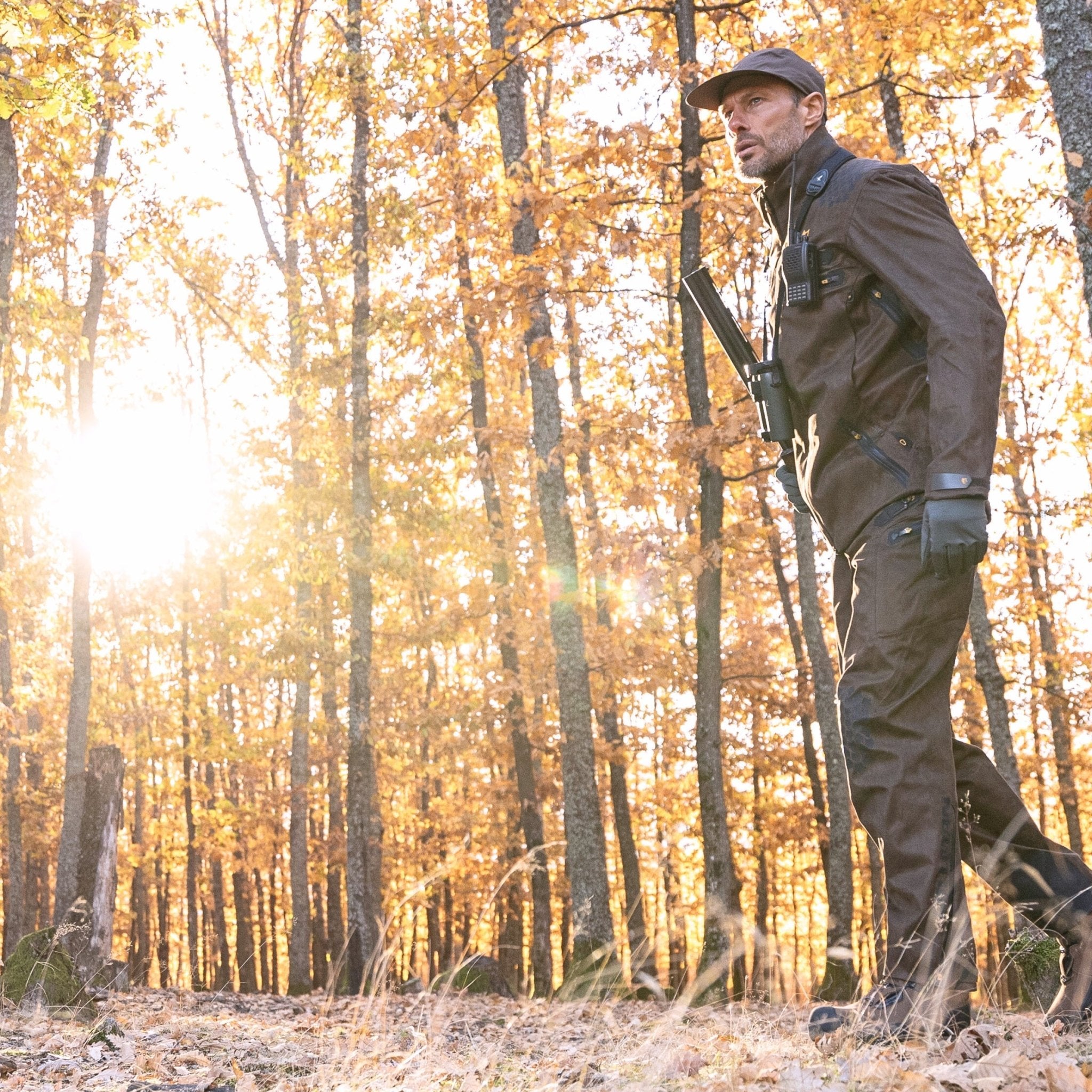


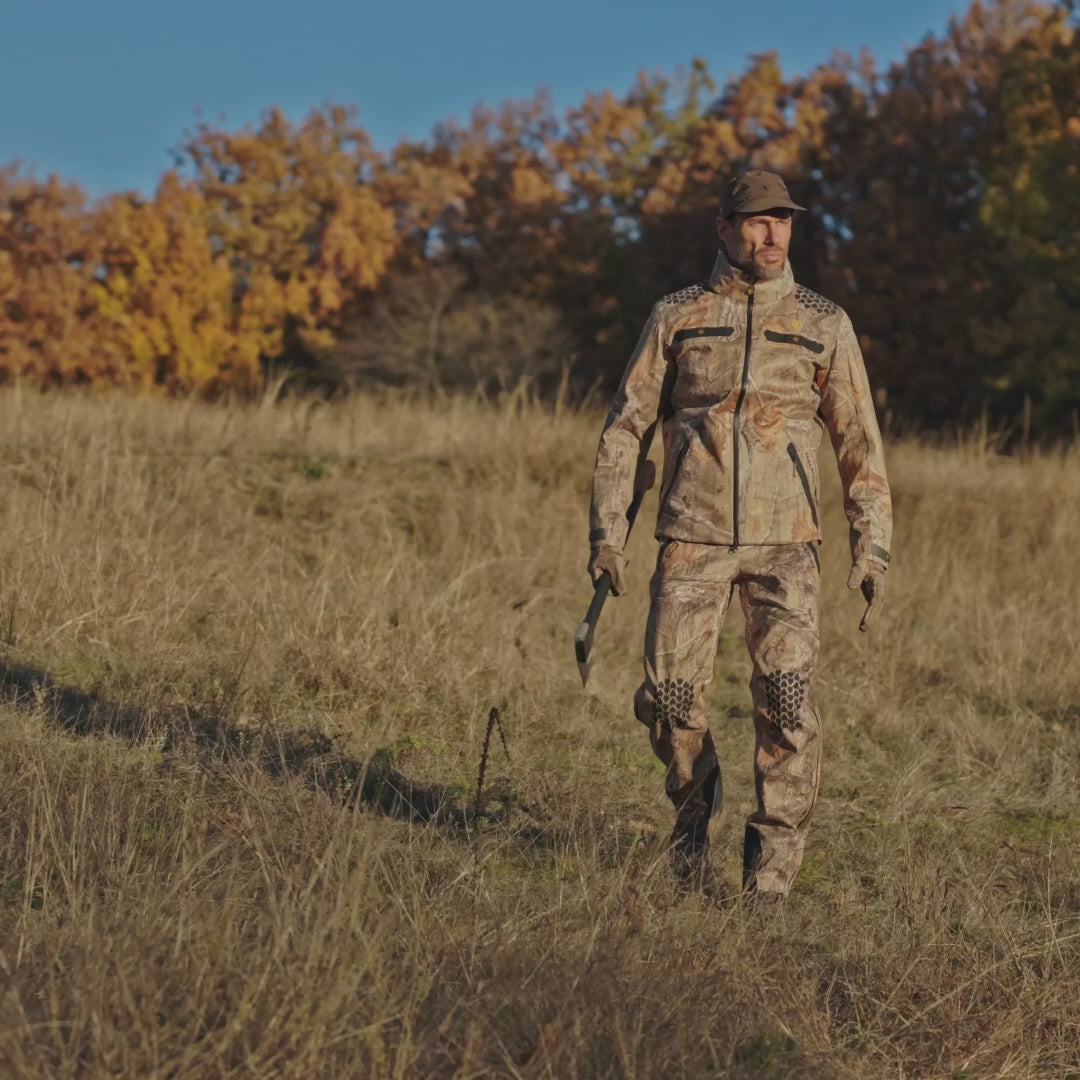


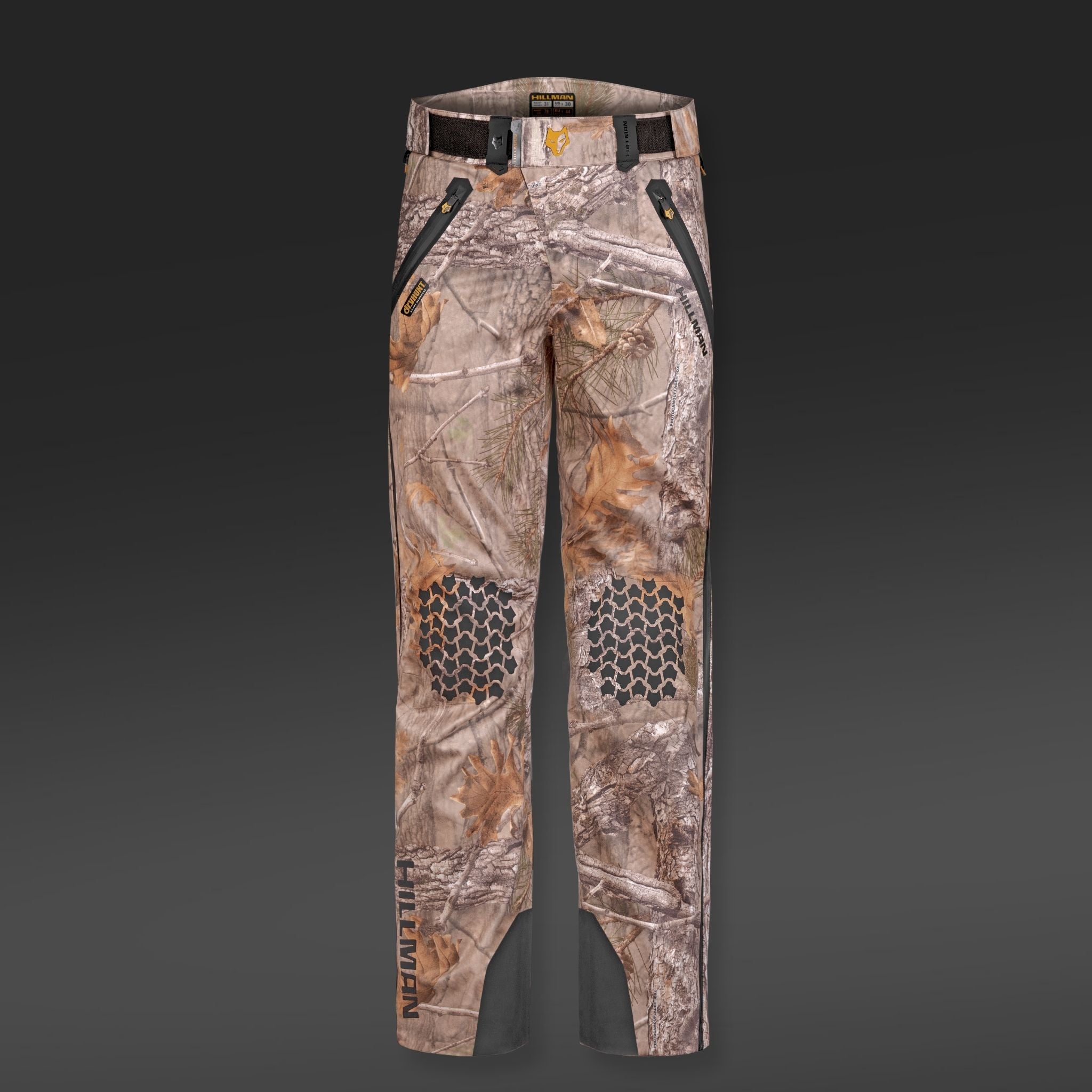


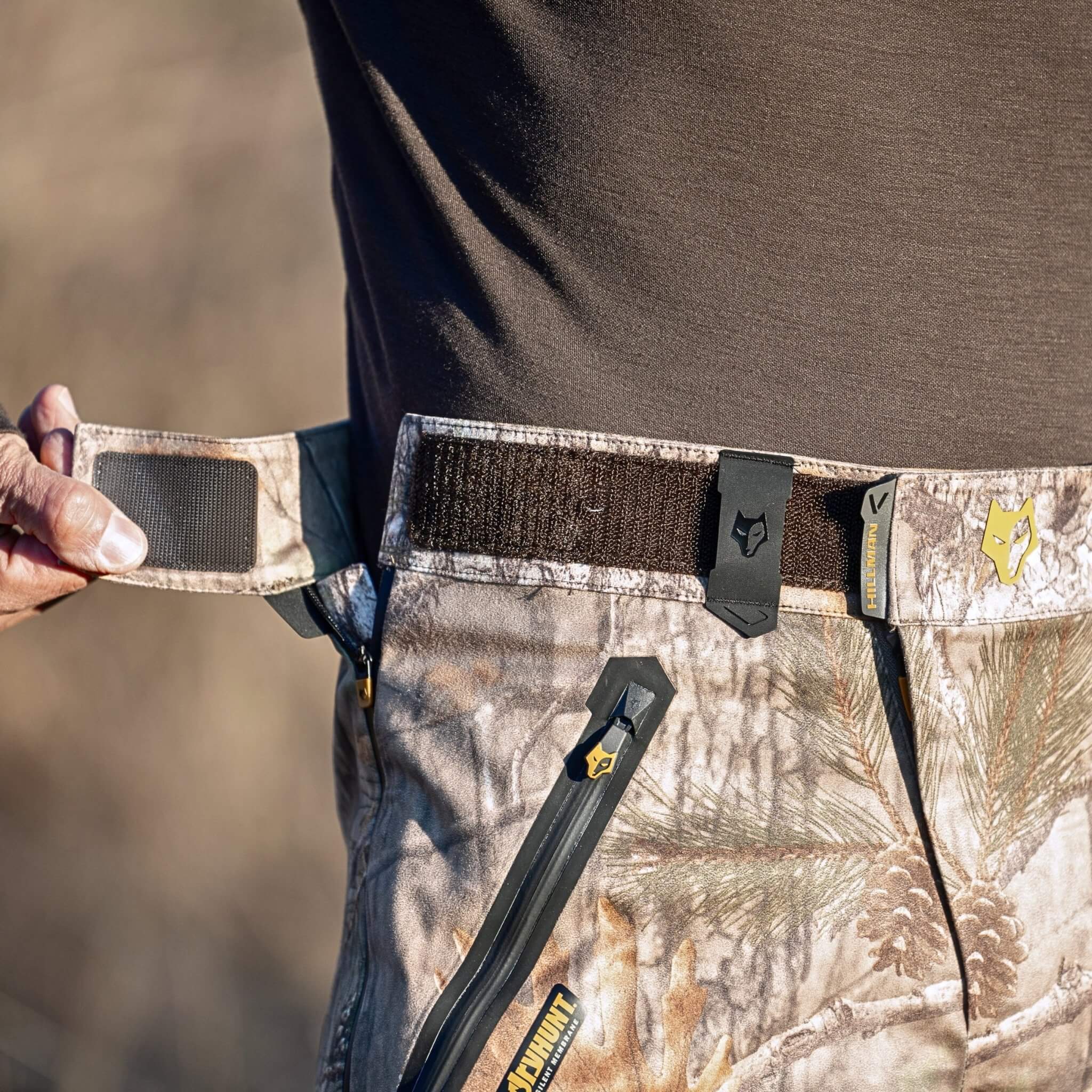
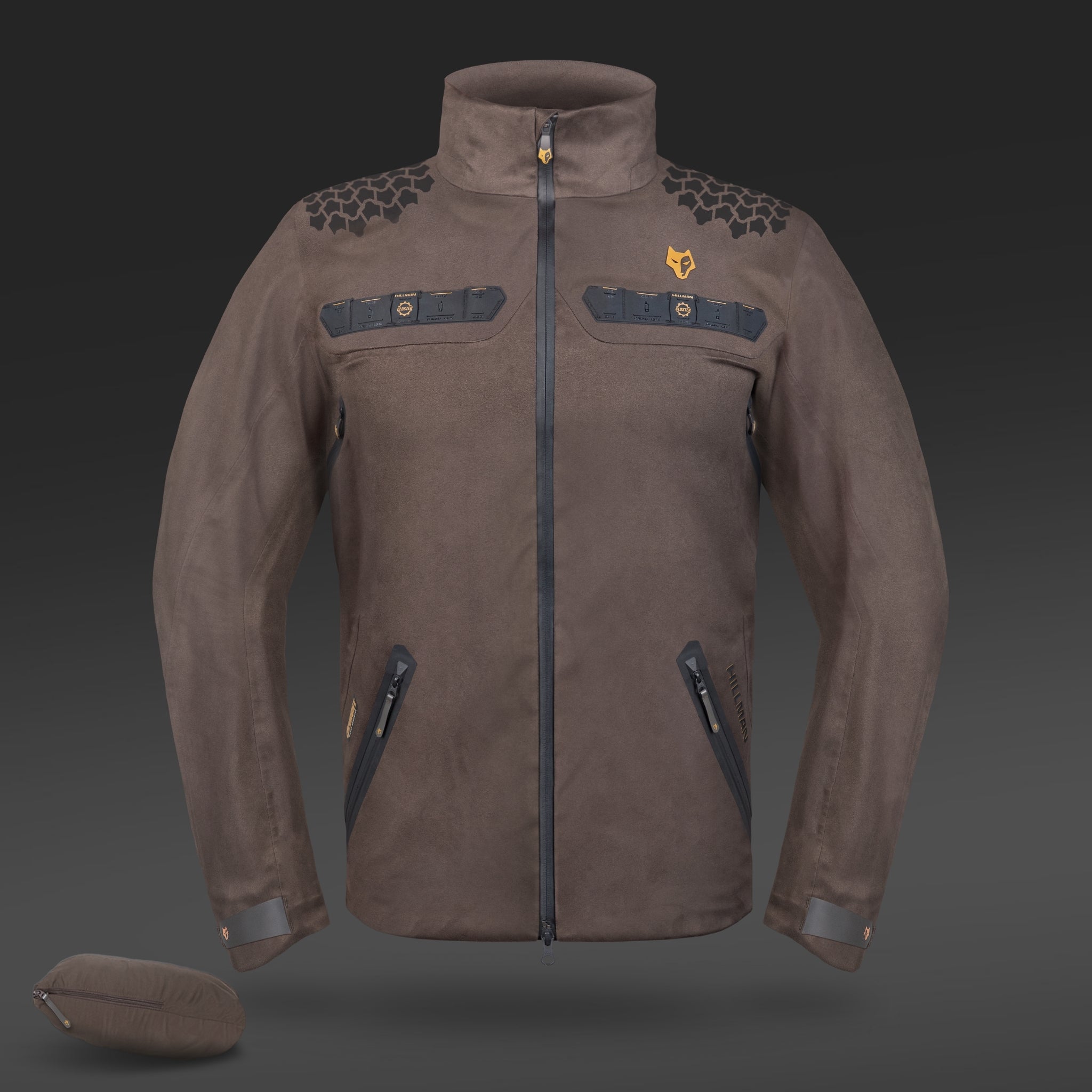
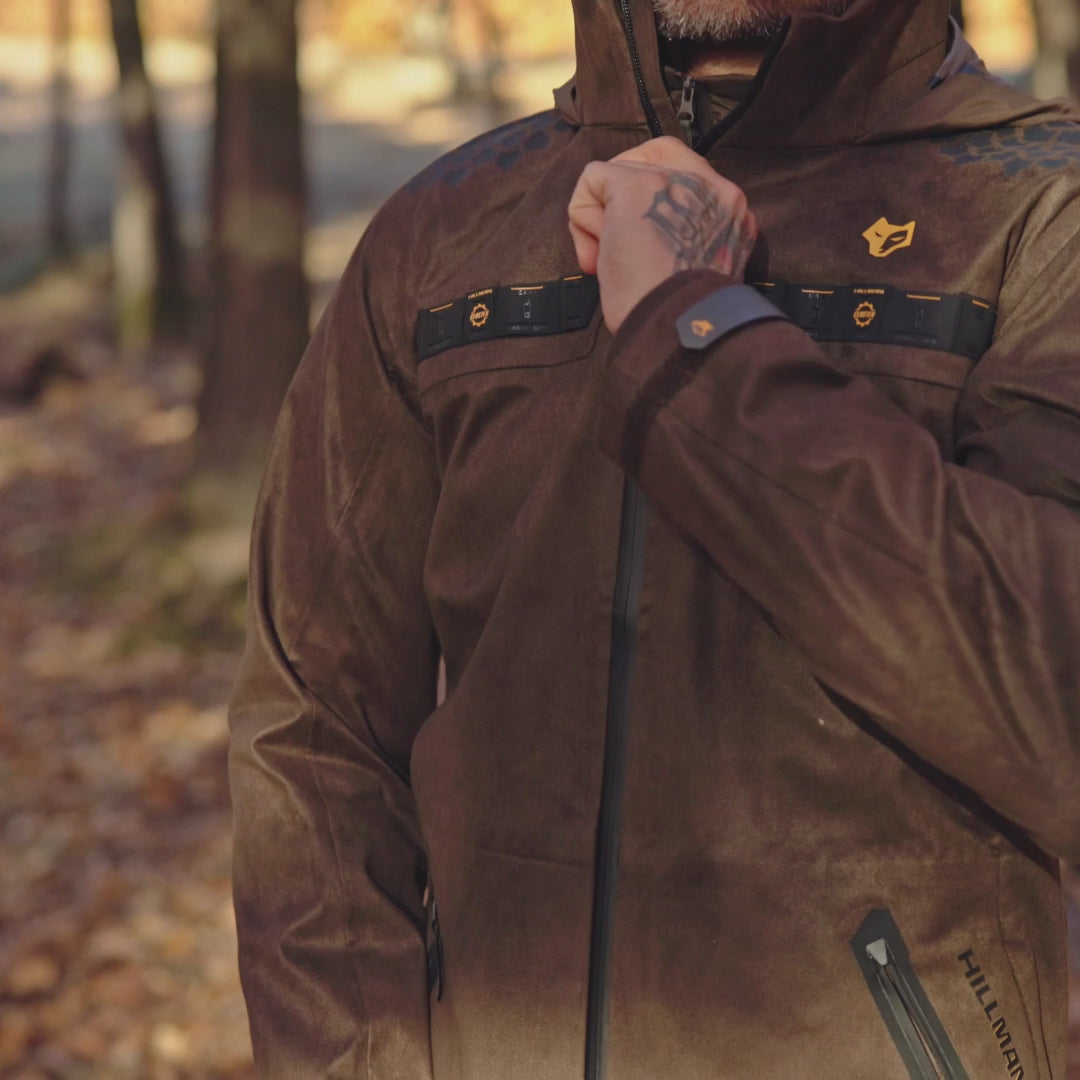
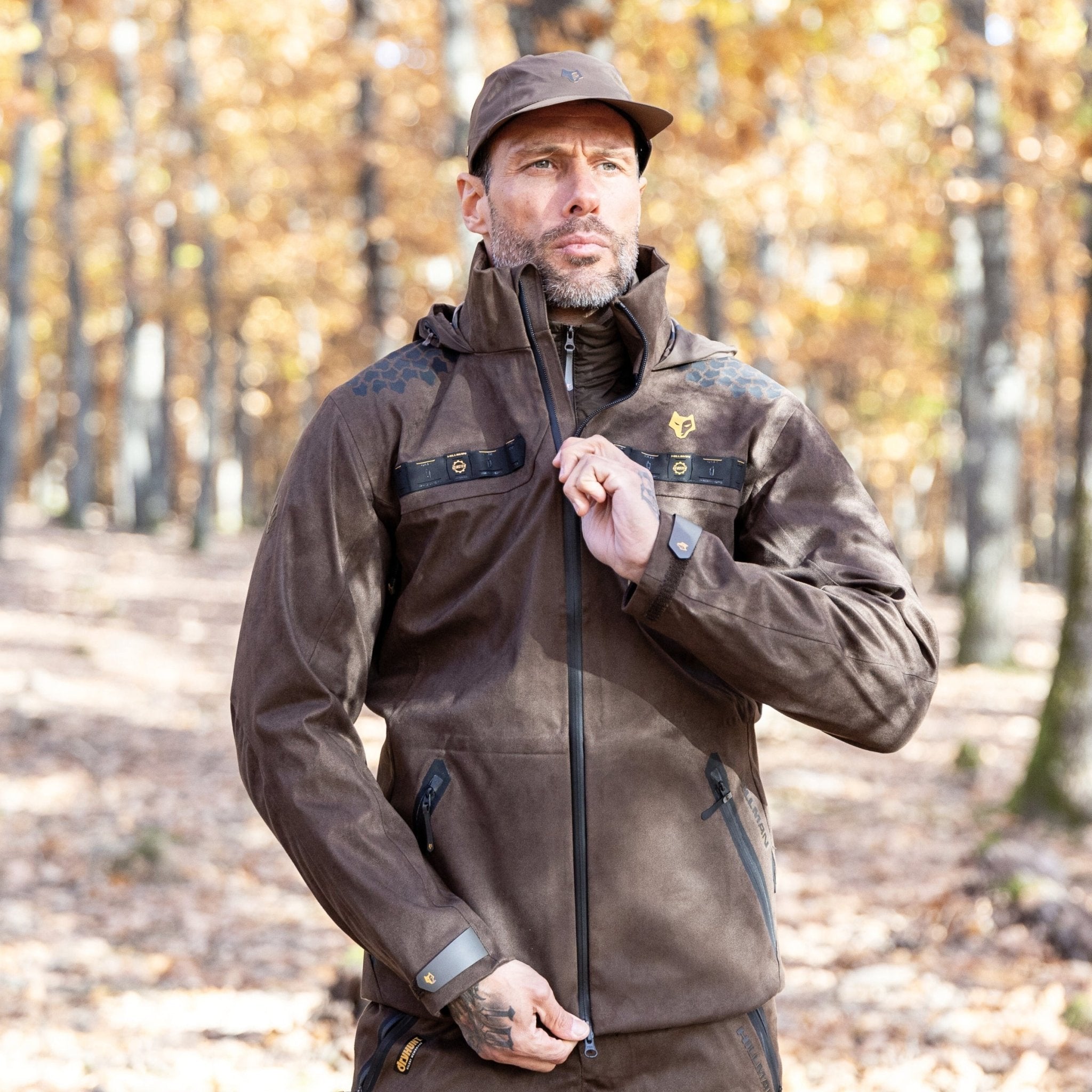
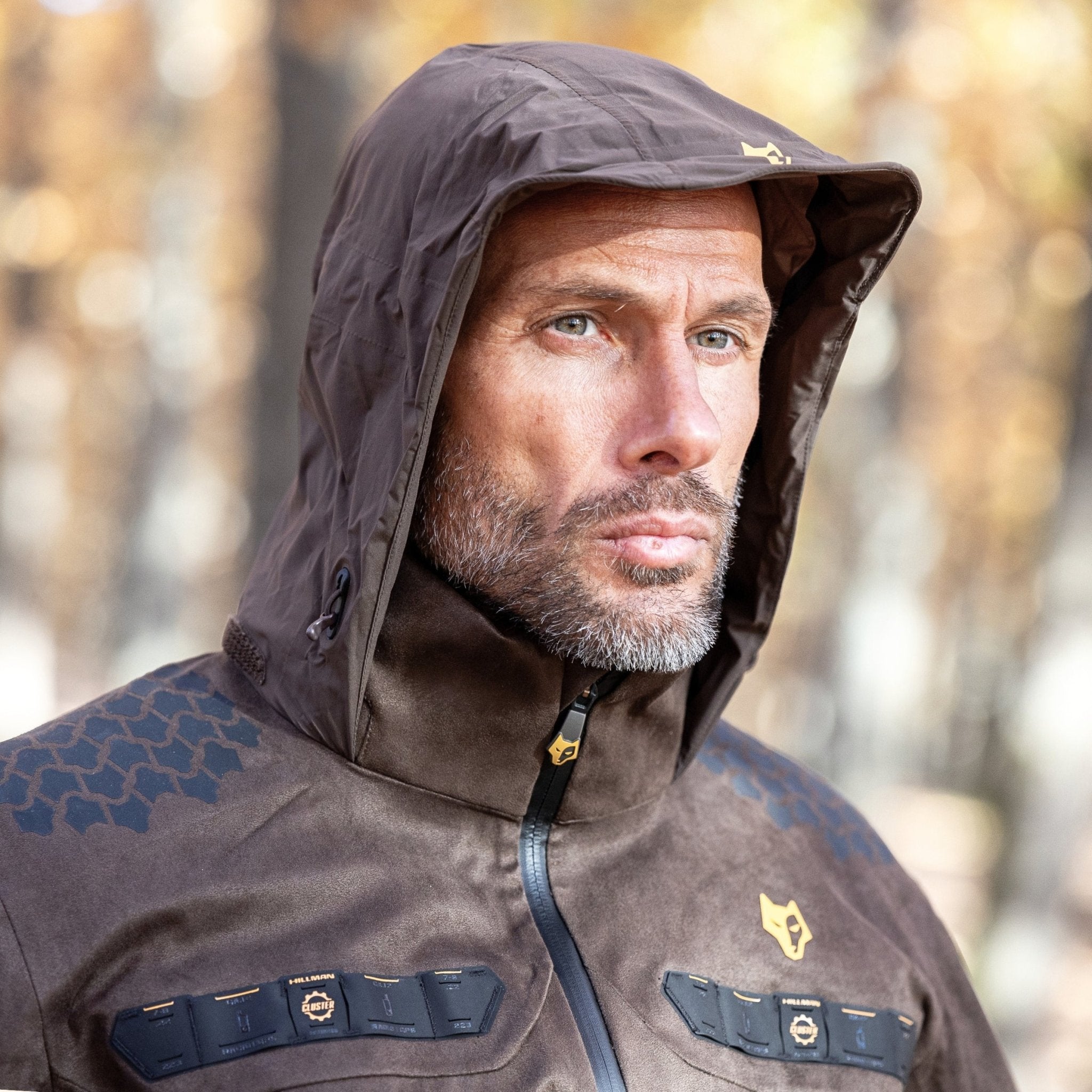
Share:
How to Choose the Best Leather Hunting Boots for Every Terrain
Recent Posts